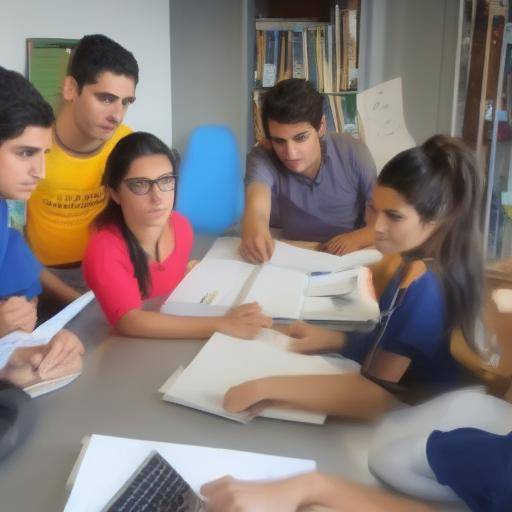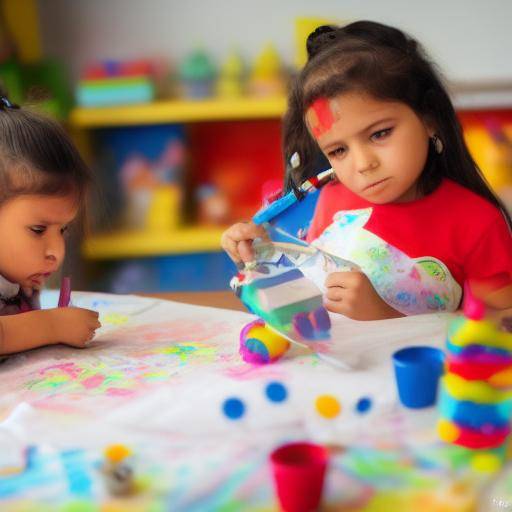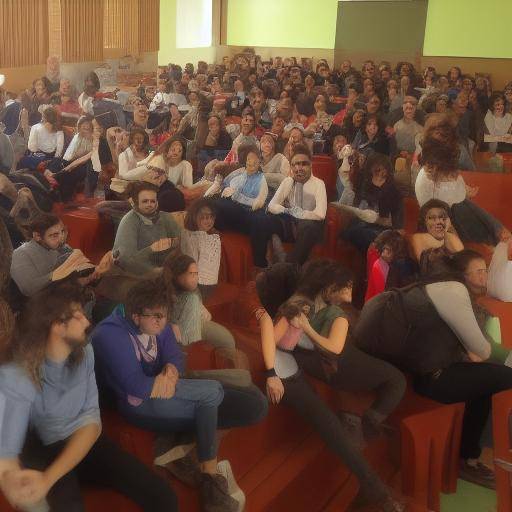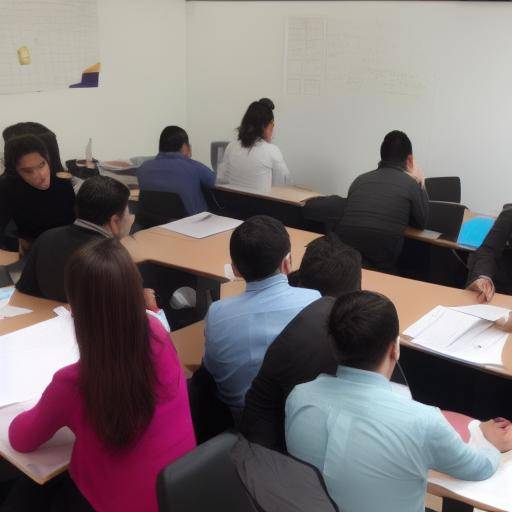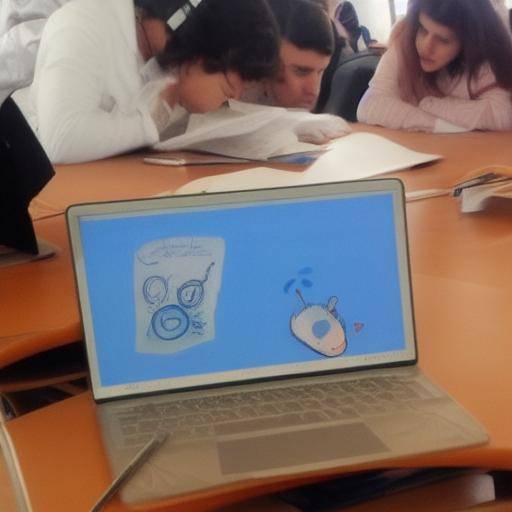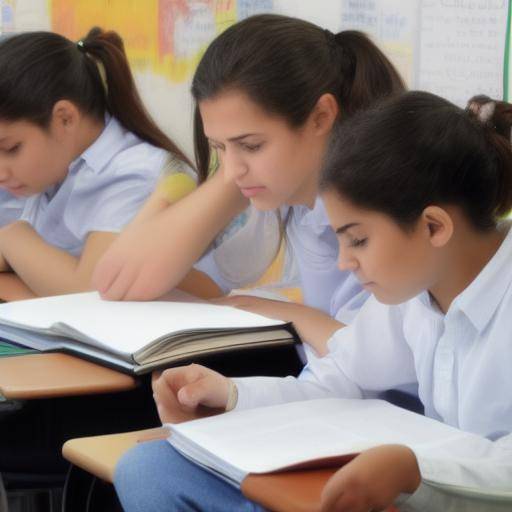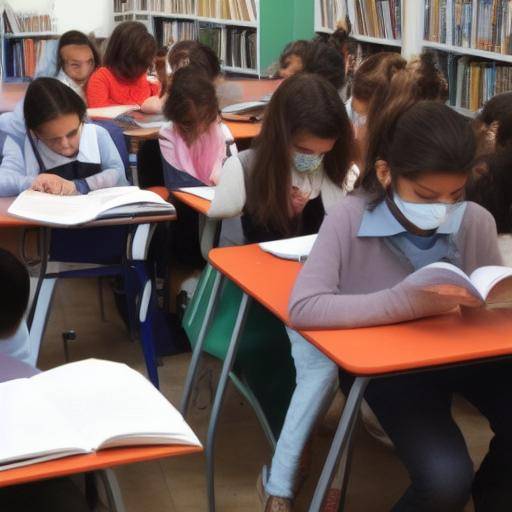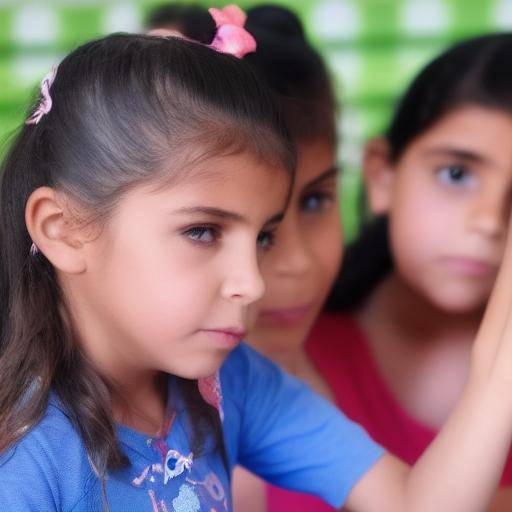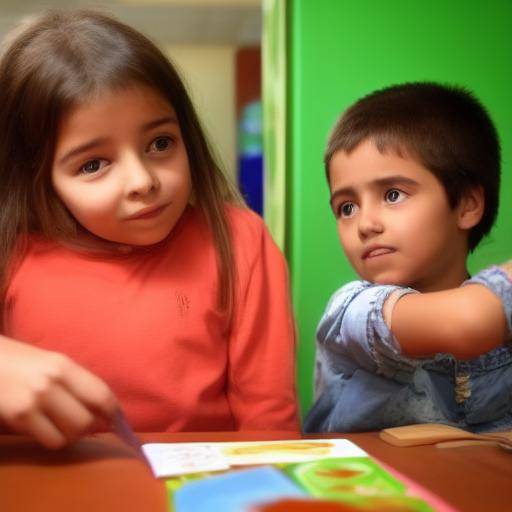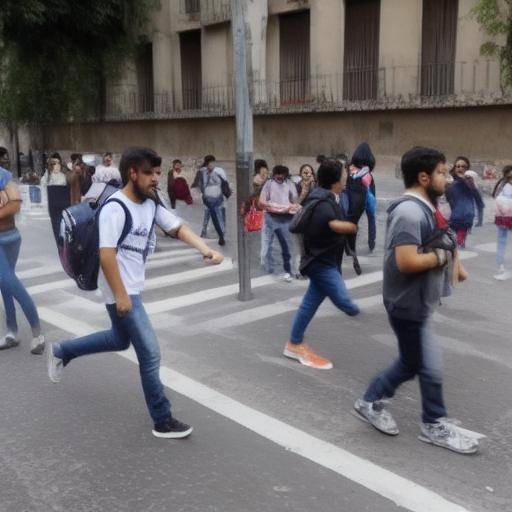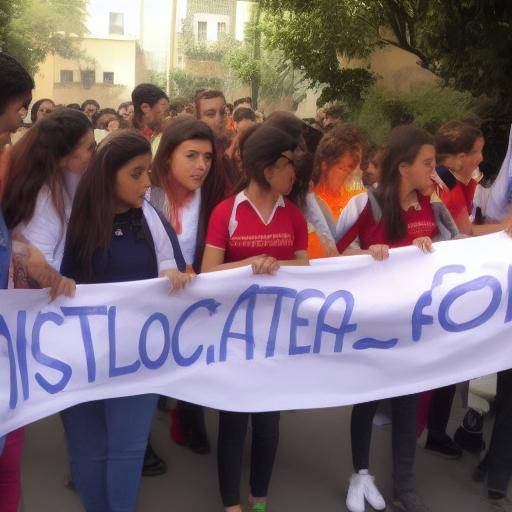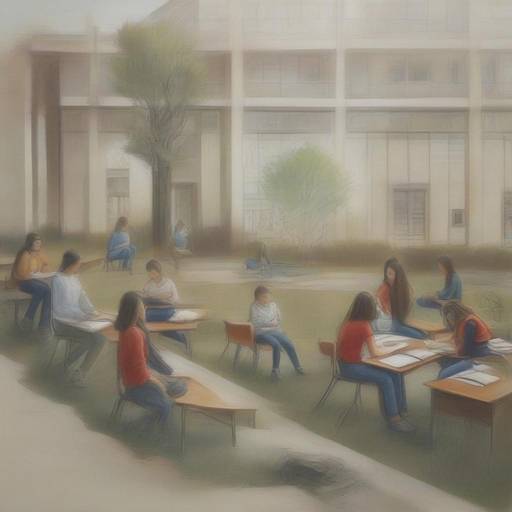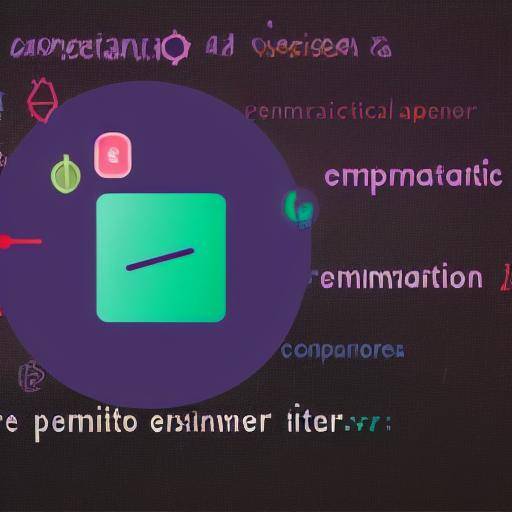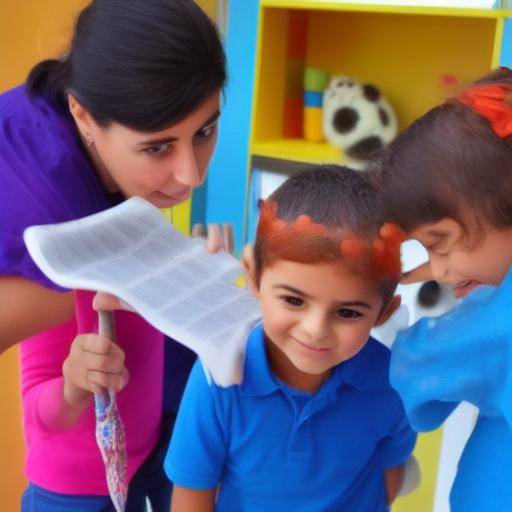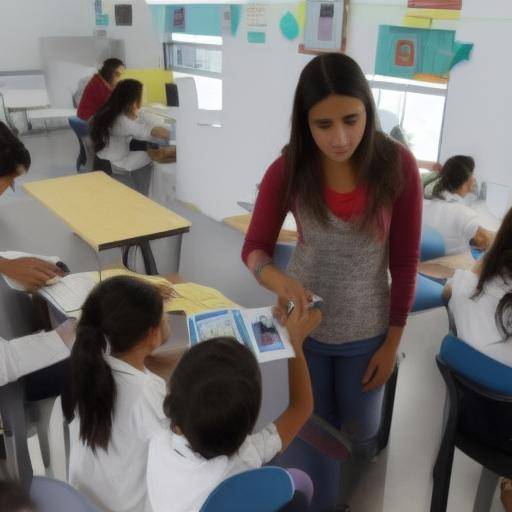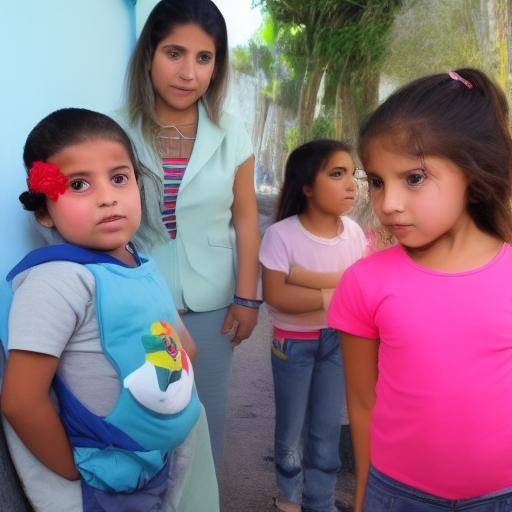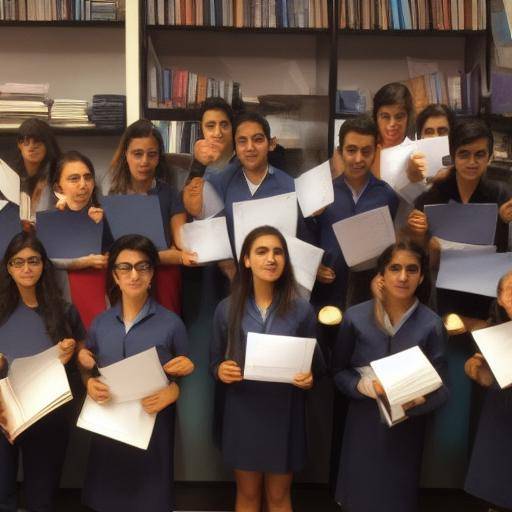
Divergent thinking is a crucial skill in the educational and professional world. How can we foster this form of thinking in students? Discover the benefits, challenges and best practices to cultivate divergent thinking in the classroom and beyond.
Introduction
Divergent thought has become a topic of growing interest in contemporary education. As the world faces increasingly complex challenges, the ability to think originally and seek innovative solutions has become fundamental. In this article, we will explore the meaning of divergent thought, its importance in the educational context and how to encourage it in students. We will discover the most effective strategies and approaches to cultivate this skill, as well as its impact on the integral development of students.
History and Background
The concept of divergent thought has its roots in the theories of creativity and psychology. In the mid-20th century, researchers like J.P. Guilford began to explore the idea that creativity was not a unitary process, but involved various skills, including divergent thinking.
Over the decades, divergent thinking has evolved from a purely theoretical concept to a practical and valued skill in multiple contexts. Education has progressively adopted the importance of fostering divergent thinking in students as an essential part of their integral formation.
Significant developments
In recent decades, various studies have demonstrated the relevance of divergent thinking in the intellectual and emotional development of students. This approach has been consolidated as a pillar in contemporary pedagogy, with numerous approaches and methodologies designed to foster divergent thinking.
Deep analysis
Divergent thinking offers various benefits for students, including the ability to find innovative solutions, develop problem solving skills and promote creative expression. However, their integration into the educational sphere also poses challenges, such as the need to adapt traditional teaching methods and to effectively evaluate creativity.
Divergent thought is presented as a dynamic approach that continues to evolve in response to the demands of the contemporary world. Their application in teaching requires a deep understanding of the strategies and tools that best promote this skill in students.
Comprehensive review
Promoting divergent thinking in students transcends the scope of education to become a valuable skill in the world of work and everyday life. The implementation of educational programmes that promote divergent thinking, as well as initiatives to train teachers in effective strategies, are critical to ensuring the successful integration of this approach into the school curriculum.
Best practices
Several researches have identified certain educational practices that have proved effective in fostering divergent thinking in students. These include the use of interdisciplinary projects, problem-solving methods, and the promotion of a collaborative environment that stimulates creativity and individual expression.
Comparative analysis
The successful implementation of divergent thinking in the classroom requires a comparative analysis between traditional approaches and innovative methods. It is crucial to understand the similarities and differences between convergent thinking and divergent thinking, as well as their interaction and complementarity in the educational process.
Practical Tips and Accessible Recommendations
Some practical councils include the integration of activities that encourage exploration and experimentation, the promotion of an inclusive learning environment that promotes diversity of ideas, and collaboration with other professionals and experts in the field of education to share experiences and best practices.
Industry Perspectives and Expert Reviews
Several experts in the field of education and psychology have expressed their opinion on the importance of divergent thinking in the development of students. His views offer a detailed view of the benefits and challenges associated with the promotion of divergent thinking in the educational field.
Case Studies and Real Life Applications
We will analyze specific cases of successful divergent thinking applications in educational and professional environments. These examples will highlight the practical relevance of divergent thinking and provide inspiration for the implementation of similar strategies in other contexts.
Future Trends and Predictions
Finally, we will explore emerging trends in the promotion of divergent thinking and future predictions about their impact on education and beyond. This analysis will allow us to glimpse the opportunities and challenges facing the promotion of divergent thinking in the future.
Conclusions and FAQs
Let us conclude this article by summarizing the main points discussed and reiterating the importance of promoting divergent thinking in students. In addition, we will answer frequent questions on the topic to provide readers with a more comprehensive understanding and a practical guide.
Conclusion
In short, the promotion of divergent thinking in students is essential to preparing them for the challenges of the twenty-first century. Through innovative educational strategies, collaboration between teachers and field experts, and a sustained commitment to creativity and exploration, we can cultivate a generation of original thinkers and troubleshooters in the future.
We hope that this article has offered an enriching understanding of divergent thinking and its promotion in students!
Frequently asked questions
1. What is divergent thinking and why is it important in education?
Divergent thinking refers to the ability to generate multiple ideas or solutions from a single problem or scenario. It is important in education because it promotes creativity, problem solving and innovation, fundamental skills for success in the contemporary world.
2. What are some effective strategies to promote divergent thinking in students?
Some effective strategies include promoting an inclusive learning environment, fostering experimentation and exploration, and using interactive teaching methods that stimulate creativity and individual expression.
3. How can teachers evaluate the divergent thinking of students?
The evaluation of divergent thinking requires flexible approaches, such as interdisciplinary projects, open tasks that allow multiple solutions, and the observation of the ability of students to think originally and creatively in various situations.
4. What are the challenges associated with promoting divergent thinking in the classroom?
Some challenges include the need to adapt traditional teaching methods, the effective evaluation of creativity, and the promotion of a learning environment that promotes the diversity of ideas.
5. Is there a specific approach to incorporating divergent thinking into the school curriculum?
While there is no single approach, the successful integration of divergent thinking into the school curriculum generally involves collaboration between teachers, the implementation of interdisciplinary projects and the development of activities that promote creativity and individual expression.
6. What is the long-term impact of the promotion of divergent thinking on students?
The long-term impact includes the development of an innovative mentality, skills to adapt to changing environments, the ability to generate original solutions to complex problems, and the preparation of students to face challenges creatively in their future careers and personal lives.
With this information, readers will be better equipped to understand the importance of divergent thinking, as well as to implement effective strategies to promote it in the educational field.
Thank you for reading this article and for your interest in promoting divergent thought in students!

